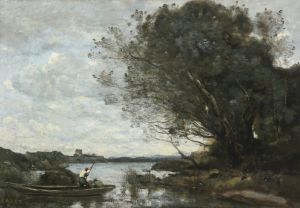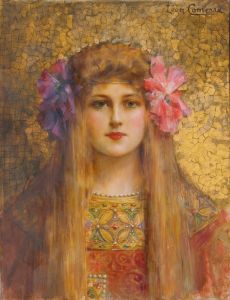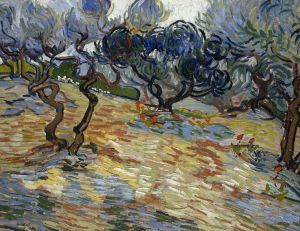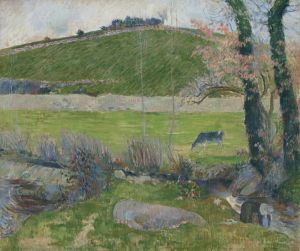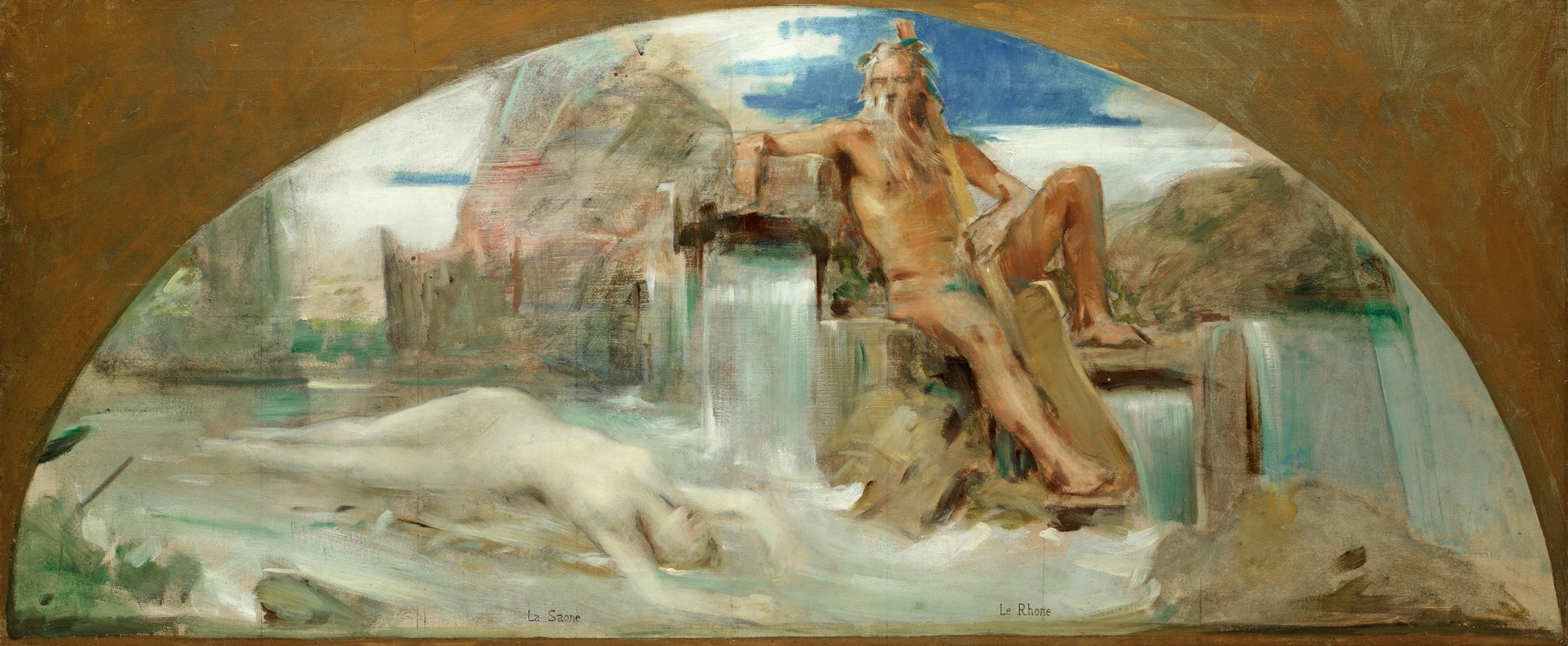
La Saone et Le Rhone
A hand-painted replica of Léon François Comerre’s masterpiece La Saone et Le Rhone, meticulously crafted by professional artists to capture the true essence of the original. Each piece is created with museum-quality canvas and rare mineral pigments, carefully painted by experienced artists with delicate brushstrokes and rich, layered colors to perfectly recreate the texture of the original artwork. Unlike machine-printed reproductions, this hand-painted version brings the painting to life, infused with the artist’s emotions and skill in every stroke. Whether for personal collection or home decoration, it instantly elevates the artistic atmosphere of any space.
Léon François Comerre was a French academic painter known for his portraits, allegorical subjects, and genre scenes. Born in 1850 in Trélon, France, Comerre developed a reputation for his skillful use of color and his ability to capture the grace and beauty of his subjects. He studied at the École des Beaux-Arts in Paris and was a student of Alexandre Cabanel, a prominent academic painter of the time.
One of Comerre's notable works is "La Saône et Le Rhône," which depicts the personifications of the two major rivers in France, the Saône and the Rhône. This painting is a fine example of Comerre's ability to blend allegorical themes with a classical style. The work is characterized by its attention to detail, vibrant colors, and the harmonious composition that Comerre was known for.
In "La Saône et Le Rhône," Comerre personifies the rivers as two elegant female figures, a common practice in allegorical art where natural elements are depicted as human forms. The figures are often shown in a serene and harmonious interaction, symbolizing the confluence of the two rivers. The Saône and the Rhône meet in the city of Lyon, and their union has historically been significant for trade and transportation in the region. Comerre's depiction captures this significance through the graceful and flowing forms of the figures, which may also reflect the natural beauty and importance of the rivers themselves.
The painting is executed with Comerre's characteristic attention to detail, particularly in the rendering of the figures' drapery and the surrounding landscape. The use of light and shadow in the painting highlights the textures and forms, creating a sense of depth and realism. Comerre's palette is rich and varied, with a focus on soft, harmonious colors that enhance the overall aesthetic of the piece.
"La Saône et Le Rhône" reflects the broader trends in 19th-century French academic painting, which often emphasized classical themes, allegory, and a polished, realistic style. Comerre's work fits within this tradition, yet it also showcases his unique ability to infuse his subjects with a sense of vitality and elegance.
Throughout his career, Comerre exhibited his works at the Paris Salon, where he received several awards and honors. His paintings were well-received by critics and the public alike, and he gained a reputation as a skilled and accomplished artist. Comerre's works, including "La Saône et Le Rhône," continue to be appreciated for their technical excellence and their ability to convey complex themes through the beauty of the human form.
Today, Comerre's paintings can be found in various museums and private collections around the world. His contribution to the world of art is recognized for its adherence to the principles of academic painting while also showcasing his individual style and interpretation of classical themes. "La Saône et Le Rhône" remains a testament to Comerre's artistic talent and his ability to capture the essence of his subjects with grace and precision.







